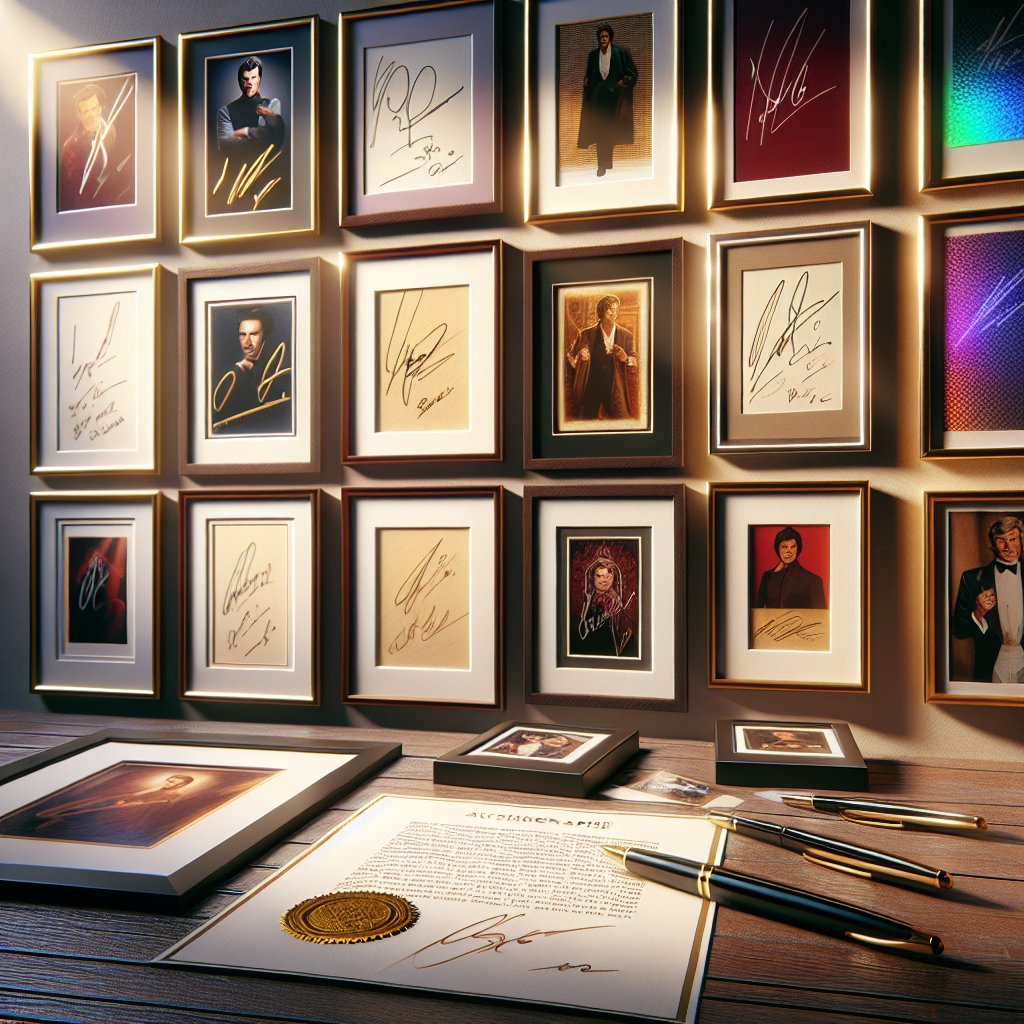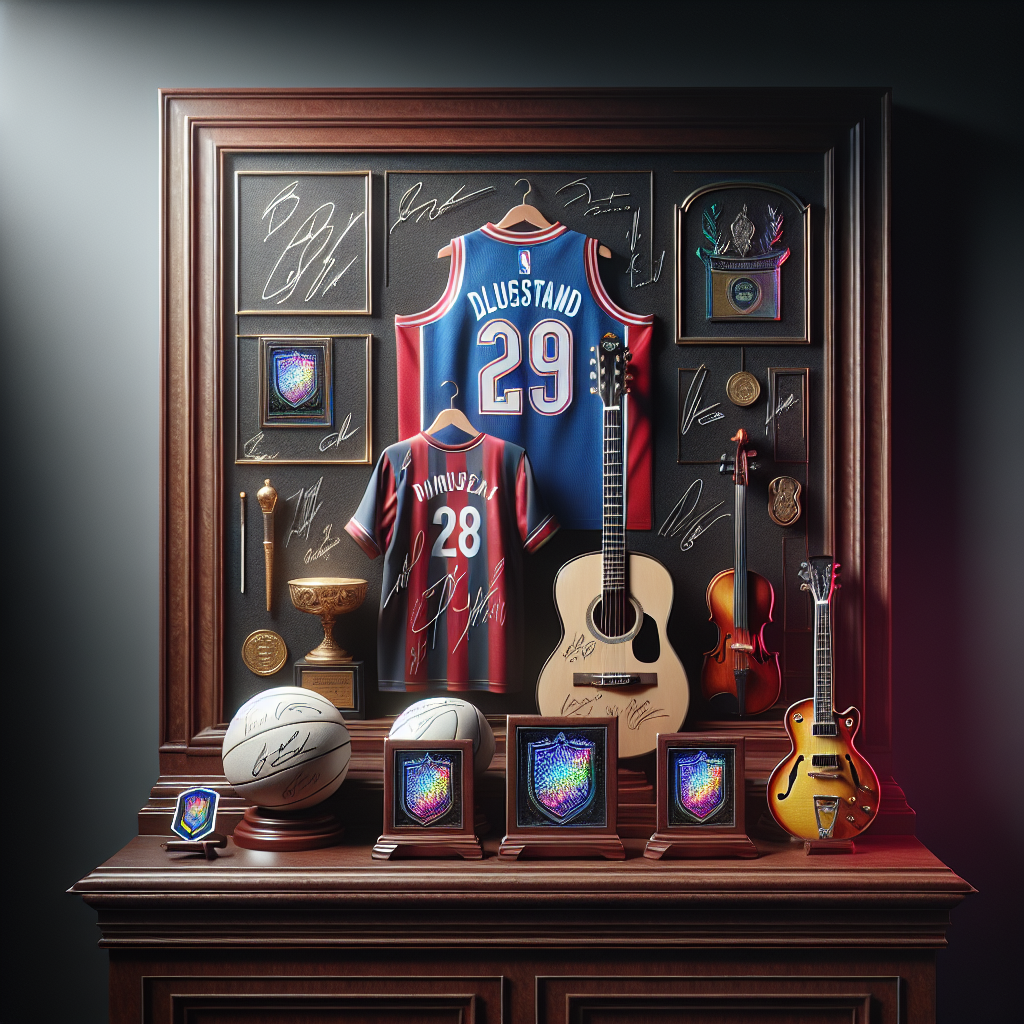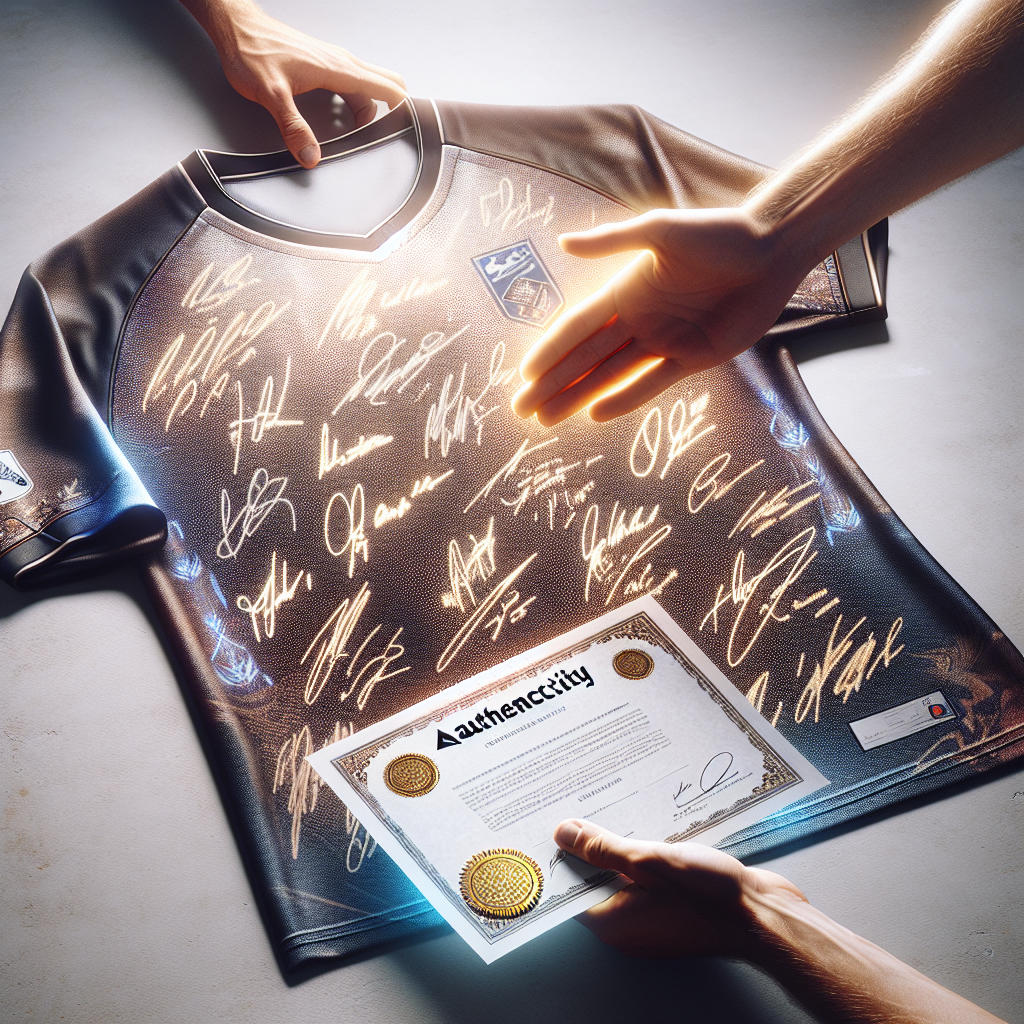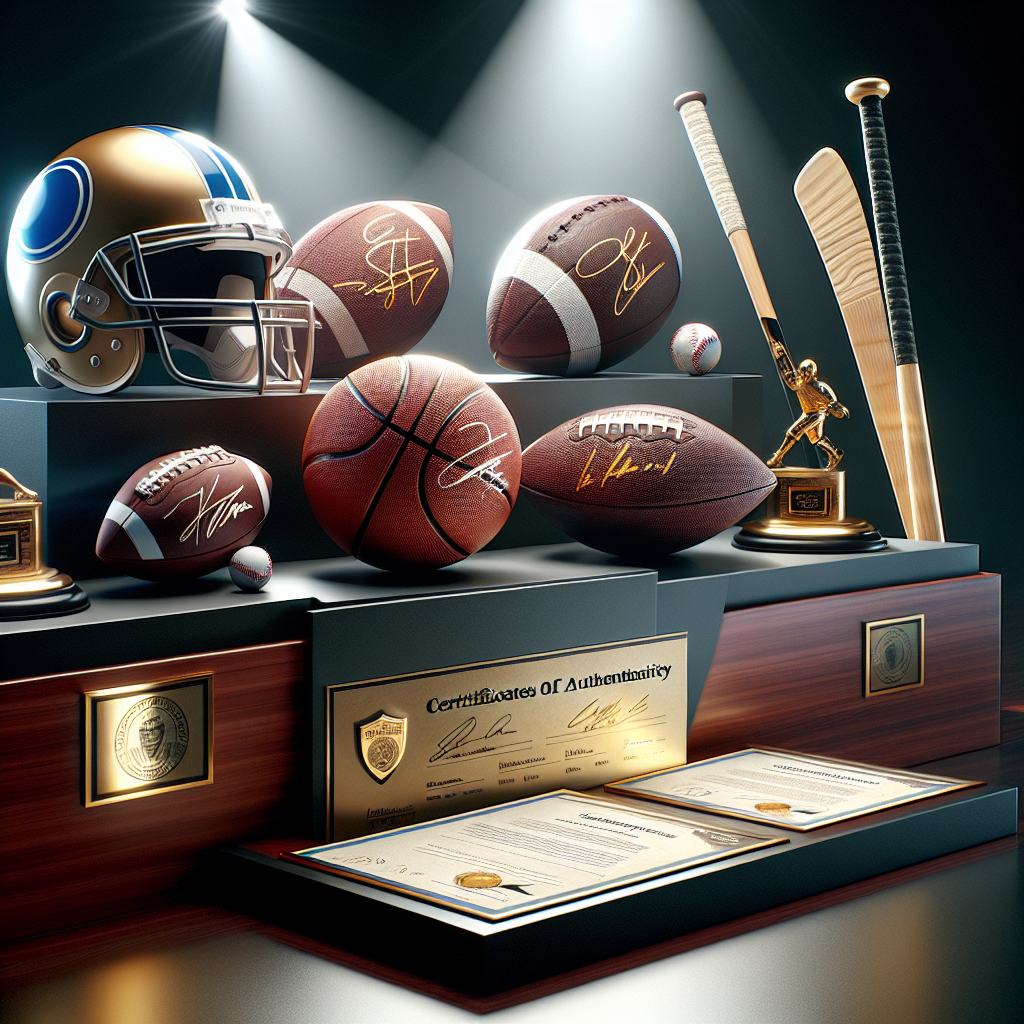In the fascinating realm of memorabilia, the allure of authenticated autographs has grown exponentially. Collectors and fans alike seek the thrill of owning a piece of history, signed by their idols and heroes. This surge in demand has catalyzed a significant evolution in the industry, making the authentication process as important as the autographs themselves.
But what has propelled this rise? A key factor is the increasing awareness of the value of verified signatures. With the market flooded by forgeries, the assurance of authenticity has become paramount. Sophisticated authentication techniques, like holographic seals and certificates of authenticity, have become standard practice, reassuring buyers that their prized possessions are genuine.
The growth in popularity has also been fueled by the remarkable stories these autographs represent. Each signature carries a unique narrative, a personal connection to a moment or individual that resonates deeply with the collector. This emotional investment, combined with the financial value of authenticated autographs, has transformed collecting from a mere hobby into a serious pursuit.
At BAM! Autographs, we understand this passion and offer an extensive collection of authenticated autographs to add to your collection. Whether you're a seasoned collector or new to the scene, check out all of the different autographs available at BAM! Autographs, your trusted source for verified signatures.
Key Features of Genuine Authenticated Autographs
Discerning the real deal in the world of autographs boils down to spotting certain key features that distinguish genuine authenticated autographs from fraudulent copies. First and foremost, the signature itself should display consistent pressure throughout, indicating that it was signed in one fluid, natural motion. Variations in pressure can sometimes suggest an autopen or a hesitant forger at work.
Another critical feature is the provenance or the documented history of the autograph. Reliable sources will provide a clear chain of ownership that adds to the authenticity of the piece. Also, reputable authentication services often employ experts who specialize in signature verification and can match signatures to known authentic examples.
Additionally, the physical characteristics of the item signed are just as important. Authentic autographs are typically found on appropriate materials for the period when the signature was supposedly acquired. An autograph on a modern medium that didn't exist during a historical figure's lifetime is a clear red flag.
Lastly, genuine authenticated autographs often come with a Certificate of Authenticity (COA) from a respected authority. This certificate should contain details of the autograph, the signature of the authenticator, and sometimes even security features such as tamper-evident holograms that link directly to a secure database entry for that specific autograph.
By understanding these key features, collectors can navigate the market with confidence, ensuring their cherished memorabilia is the real McCoy.
Step-by-Step Guide to Verifying Autograph Authenticity

When it comes to verifying the authenticity of an autographed memorabilia piece, enthusiasts and collectors can follow a methodical approach. This step-by-step guide to verifying autograph authenticity is designed to help individuals differentiate the authentic pieces from forgeries.
First, examine the signature's flow and consistency. Authentic signatures tend to have a smooth, uninterrupted flow. Look for signs of trembling or unusual starts and stops that could indicate a counterfeit.
Second, compare the autograph to verified examples. This can be done through online databases of authenticated autographs, reference books, or by consulting an expert.
Third, inspect the material on which the signature is found. Ensure that the paper, photograph, or other mediums are consistent with the era the autograph was supposedly signed.
Fourth, investigate the ink and writing instrument used. Some inks did not exist or were not widely available during certain historical periods, which can be a giveaway.
Fifth, consider the provenance. A well-documented history of where the autograph came from can lend credibility to its authenticity.
Sixth, look for a Certificate of Authenticity from a reputable source. Be wary of generic or unverifiable COAs, as these can be easily fabricated.
Seventh and finally, seek professional authentication services if in doubt. Professional authenticators have the experience and tools to determine the legitimacy of an autograph.
By following these steps, collectors can greatly enhance their ability to identify authenticated autographs, safeguarding their investments and collections.
Common Pitfalls to Avoid in Autograph Authentication

Navigating the world of autograph collecting can be fraught with challenges, particularly when it comes to ensuring the authenticity of signed memorabilia. To maintain the integrity of your collection, it is crucial to be aware of and avoid common pitfalls in autograph authentication.
Overreliance on Certificate of Authenticity (COA) can be a major pitfall. While a COA is an important piece of the puzzle, it is not infallible. Some COAs come from less reputable sources and offer no real guarantee. It's essential to verify the issuer's credibility.
Ignoring the signature's context is another mistake collectors make. The circumstances under which the signature was obtained can provide valuable clues to its legitimacy. For instance, a signature that appears too neat or lacks variation may be a printed or stamped facsimile rather than an original.
Not considering the era of the signature can also lead to misjudgment. For example, a modern marker pen used on a vintage autograph should raise a red flag. Similarly, ignoring the quality of the signed material – whether it's paper, a photograph, or any other medium – can indicate whether an autograph is likely to be genuine or not.
Finally, neglecting to consult with experts can result in costly mistakes. Professional authenticators have the expertise to detect nuances and subtleties that untrained eyes may miss.
Collectors should be cautious, conduct thorough research, and take advantage of professional authentication services to ensure that the autographed treasures they acquire are the real deal, free from the taint of forgery or deceit.
The Role of Professional Authentication Services

Professional authentication services play a pivotal role in the world of autograph collecting. These specialists provide an invaluable service by applying their extensive knowledge and advanced techniques to verify the authenticity of signatures.
Expert Analysis is at the core of what professional authentication services offer. Trained experts scrutinize the autograph's characteristics, such as the flow of the ink and the pressure of the pen, which are often difficult to replicate in forgeries. They also compare signatures against an extensive database of exemplars to identify any discrepancies.
Technological Tools are another asset that professional authenticators bring to the table. High-resolution imaging, spectral analysis, and other forensic methods allow for a deeper examination of the autograph, revealing details invisible to the naked eye that can confirm or deny an item's authenticity.
Provenance and Paper Trail evaluation is another critical service provided. Authenticators research the history of the signed item, tracing its ownership back to the original source when possible. A well-documented provenance can significantly enhance the credibility of an authenticated autograph.
Finally, professional authentication services issue a Certificate of Authenticity (COA) upon verification of a signature. This document adds value to the collectible and is a key factor in its future resale or trade. The presence of a COA from a respected and recognized authority in autograph authentication can be a game-changer for collectors and dealers alike.
Utilizing the expertise of professional authenticators is a smart move for anyone serious about building a trustworthy collection of signed memorabilia. Their services not only protect collectors from fraud but also ensure the long-term value and enjoyment of their prized autographs.
Maintaining the Value of Your Authenticated Autographs

Once you have obtained authenticated autographs, maintaining their condition and value is paramount. Collectors should be mindful of the factors that can affect the longevity and worth of their treasured items.
Proper Storage and Display methods are essential. Autographs should be kept away from direct sunlight, extreme temperatures, and humidity to prevent fading and deterioration. Acid-free frames and cases are recommended for displaying autographs, as they provide a barrier against environmental damage while allowing you to showcase your collection proudly.
Another key aspect is Insurance Coverage. Insuring your collection can protect against unexpected events such as theft, fire, or water damage. Be sure to have a detailed inventory and appraisal of your collection for insurance purposes.
For collectors looking to ensure the authenticity of their prized signatures and maintain their collection at its highest value, Check out all of the different autographs available at bamautographs.com.
Finally, staying informed about the Market Trends can be beneficial. The value of autographs can fluctuate based on the demand, the rarity of the signature, and the signer's enduring fame. Keeping a pulse on the market will guide you in making knowledgeable decisions when expanding or selling pieces of your collection.
Remember, the allure of collecting authenticated autographs goes beyond mere ownership; it's about preserving a piece of history. By taking the right steps to protect and care for your autographs, you ensure that their value—and your enjoyment of them—will endure for years to come.

